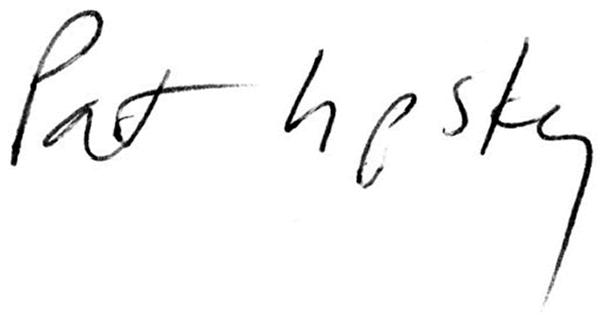- Paintings, 2025, Frieze LA, James Fuentes Gallery
- Exhibition 2025: That Which We Are - James Fuentes Gallery
- Paintings, 2023
- Paintings, 1974-94
- Museums and Public Collections
- Logarithmic Series, 1968
- Exhibition: Stain Paintings, 1968-1975
- Exhibition: Pat Lipsky: 20 Years
- The Black Paintings, 1993–99
- Inventory, 1957-2021
Collection not found.
